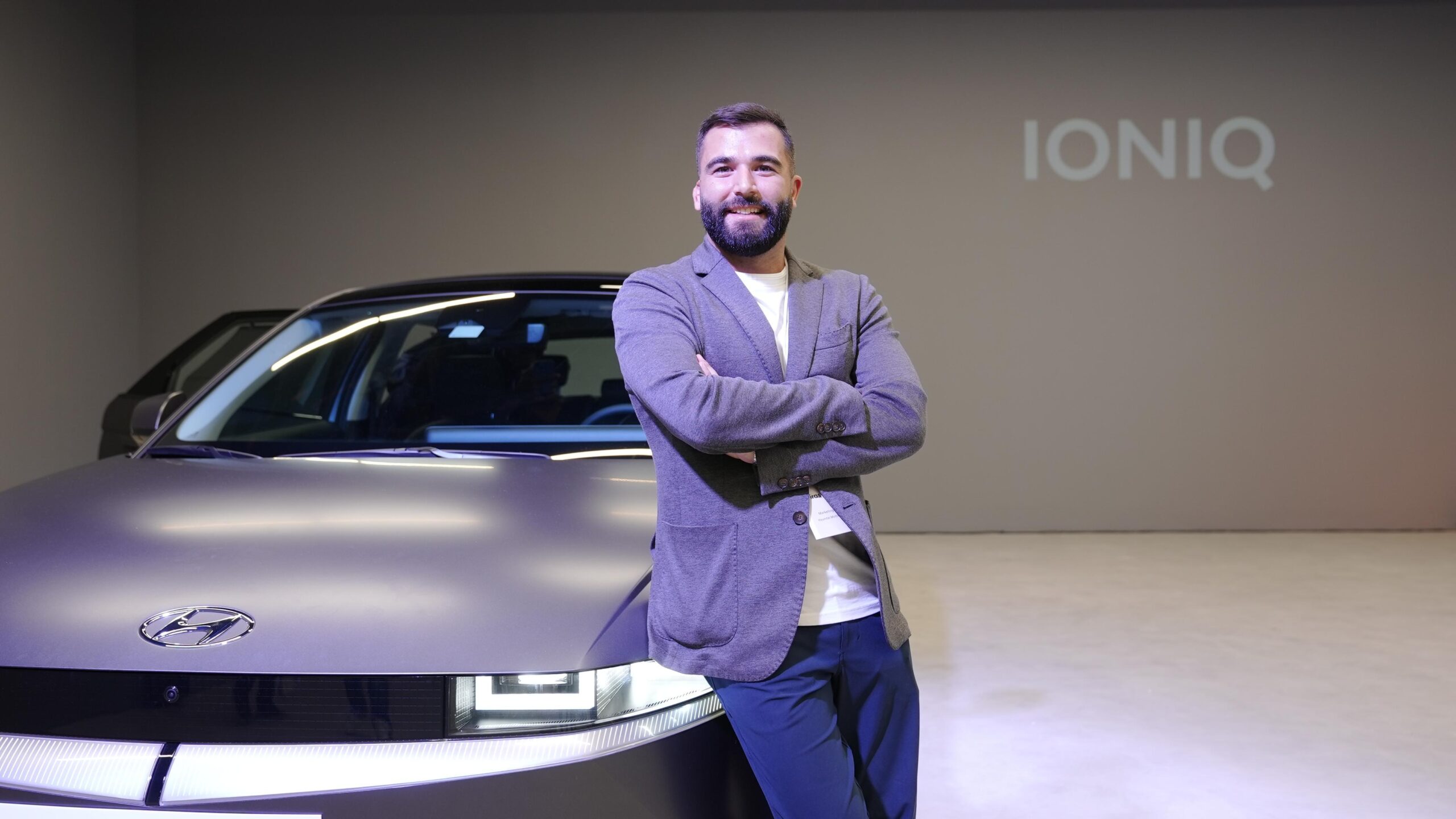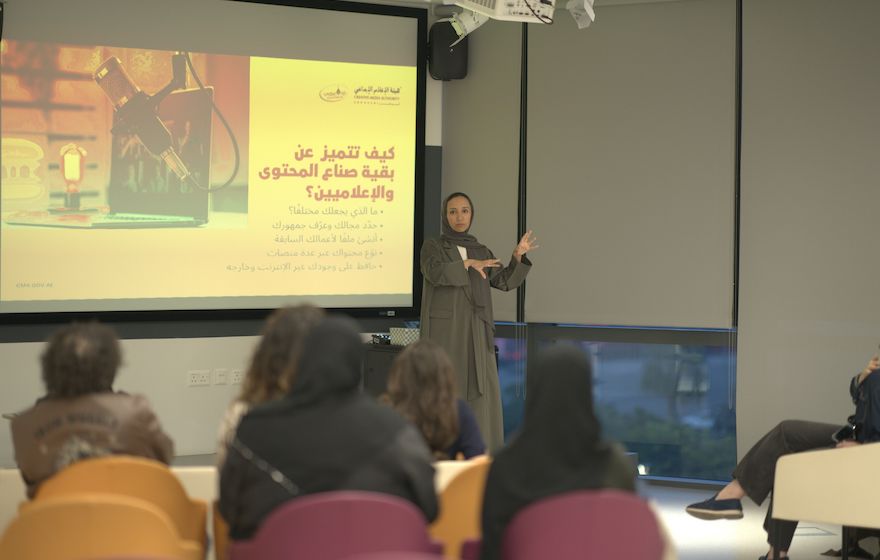Understanding the real cost of owning a car has often been a puzzle for consumers. Between servicing schedules, fuel efficiency, spare parts, and resale value, the numbers rarely tell a full story, especially when wrapped in technical jargon. It’s within these everyday complexities and moments of confusion that brands risk losing customer engagement and trust.
At the same time, the automotive sector is undergoing a profound transformation, driven by evolving consumer behaviour, mounting environmental concerns, and rapid technological advancements that are rewriting the definition of mobility itself. This shift goes far beyond horsepower and hardware. It demands that brands rethink their role in people’s lives and how they communicate value in ways that are clear, relevant, and human.
As a result, legacy automotive players are being forced to re-evaluate their core identity and ask themselves fundamental questions.
What do we stand for beyond manufacturing? And how can we simplify the way consumers receive and interpret information in an increasingly complex world?
Brand purpose, once treated as an afterthought or reduced to CSR messaging, is now central to this transition. Purpose must be embedded within business strategy, product innovation, and long-term vision. For mobility brands, particularly those with long-standing heritage, this means shifting from a product-first mindset to a broader mission of enabling movement that is equitable, sustainable, and deeply human-centric.
But defining that purpose is only the first step. Communicating it clearly, consistently, and credibly is just as critical. Today’s consumers are more informed than ever before, which often makes them more sceptical. They’re not only interested in what a brand offers, but why it exists, what it believes in, and how it follows through on those beliefs. They expect alignment between messaging and action and they quickly notice when there’s a disconnect.
Increasingly, consumers are attuned to a more nuanced aspect of brand engagement, which is ‘care’. Not just care in the form of a quality product or seamless service, but care that reflects a brand’s long-term investment in the well-being of its customers. This is where many brands are now focusing their storytelling efforts.
At its best, storytelling turns complex or abstract ideas into something relatable, transparent, and even enjoyable. When grounded in real-life concerns and values like trust and practicality, it becomes more than mere communication, it becomes connection.
Take, for example, Hyundai MEA’s campaign focused on Total Cost of Ownership (TCO), a concept that refers to the full monetary cost of owning a vehicle, from initial purchase through to resale or disposal. In a region where value, reliability, and long-term savings are key concerns for both individual buyers and fleet operators, TCO helps demystify the real return on investment by breaking down direct, indirect, and often hidden costs.
Hyundai approached the challenge differently by grounding the campaign in real human concerns experienced locally. Rather than relying on spreadsheets or technical comparisons, the brand simplified the ownership journey using a tone that was clear, relatable, and even light-hearted. It addressed the kinds of questions consumers in the Middle East actually ask such as, Will I regret this purchase? What’s the long-term cost? Will I get good resale value?
These questions can often make or break a deal.
The campaign went further by incorporating peer validation and testimonial-style storytelling, reflecting lived experiences rather than brand claims. It didn’t speak at consumers; it showed them how others like them made informed decisions. In doing so, it built credibility and trust without resorting to a hard sell, an increasingly important differentiator in a crowded, fast-changing market.
More broadly, this communication strategy reflects a move toward humanising the brand’s long-term ambitions, whether that’s investing in EV and hydrogen technology, committing to net-zero goals, or exploring future mobility frontiers like robotics and aerial vehicles. These stories aren’t designed to impress; they’re designed to relate.
This is where narrative transformation becomes as essential as product innovation. Purpose doesn’t always need to be packaged as a grand vision statement. Sometimes, it’s as simple as making everyday decisions easier, removing confusion, and showing up as a brand that truly understands its audience.
Brands that move beyond traditional promotional messaging and integrate storytelling, humour, and human insight into their campaigns, especially on issues that directly affect consumers, will be better positioned to foster trust and remain relevant.
Ultimately, the future of brand purpose in the mobility space will depend not just on what companies do, but on how they communicate it and whether their messages are grounded in the lived experiences of the people they serve.






